|
DAVINCI - ADORATION OF MAGI - PAGE 3
|
The Green Man |

A cycle of life, death, and rebirth |
-
The Green Man is a mythological figure and symbol that represents the cycle of life, death, and rebirth.
-
He is shown as a recurring theme in literature, for
example, the figures of Robin Hood and Peter Pan are
associated with a Green Man.
- Another version is that of the Green Knight in
Sir Gawain and the Green Knight and there
is Jack in the Green, who is a wild, but comical character.
The Green Knight in this poem serves as both a monster antagonist and as mentor to Sir Gawain, belonging to a pre-Christian world which seems antagonistic to, but is in the end harmonious with, the Christian one.
(Wikipedia)
|
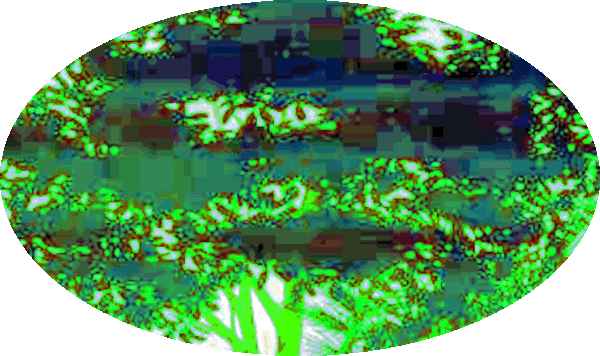
Forest-tree |
- By at least the 16th-century the term
'green man' was used in England for a man who was covered in leaves, foliage
and moss as part of a pageant, parade or ritual costume.
-
He can be found in many cultures from many ages around the world
and is often related to natural vegetation deities.
"Green Man" type foliate heads first appeared in England during the early 12th century deriving from those of France, and were especially popular in the Gothic architecture of the 13th to 15th centuries.
(Wikipedia)
|
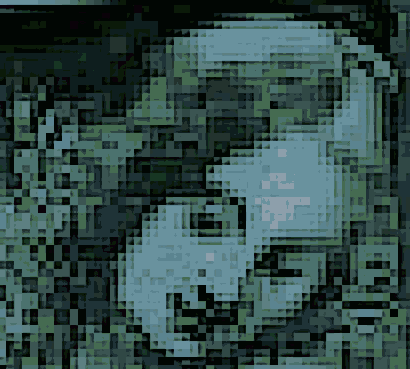
Mossman |
- The Green Man image made a resurgence in modern times, with artists from around the world interweaving the imagery into various modes of work.
-
Modern pagan's have incorporated the symbology as representing
the wild and the need to reconnect with nature.
- He is
also used as a symbol of the ecological movement.
The term "Green Man" was officially coined in 1939 by Lady Julia Raglan in her journal Folklore. However, some say the phrase goes back to at least the 16th century in English. The idea that the Green Man motif represents a pagan mythological figure, as proposed by Lady Raglan in 1939, despite its popularity with the lay public, is not supported by evidence.
(Wikipedia)
|
|
Robin Hood |
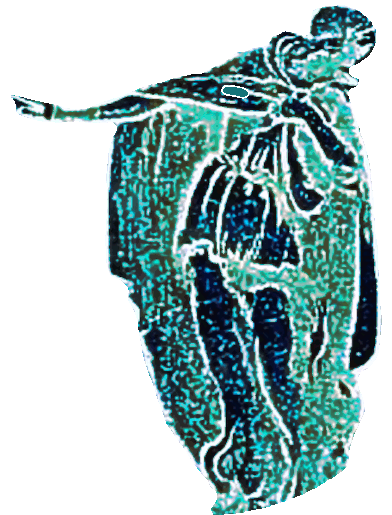
A story that has endured |
- The legend of Robin Hood, Marion, the Merrymen and the
Sheriff of Nottingham is a story that has endured since before the earliest written reference in the late 1370s by William Landland in his satire
Piers Plowman.
- The story of Robin Hood takes
place in Nottingham and Sherwood Forest although there are
different versions of the tale in Scotland, Yorkshire and
South England.
Robin is a plain yeoman, an emerging middle-class somewhere between peasant and social gentry. He is thus a liminal character, a hero for everyone, never straying too far from the middle path.
(godofgreenhope.wordpress.com)
|
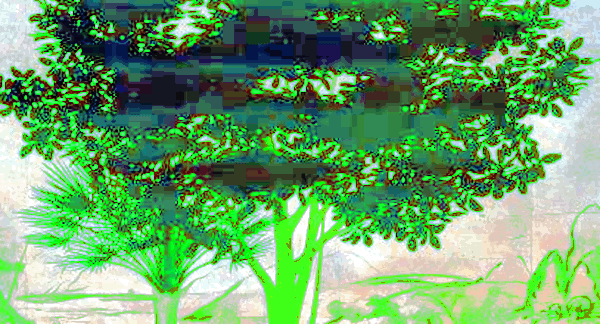
Sherwood Forest |
- There's no real proof that Robin Hood and his
Merrymen ever existed, although there are references to a
thief named 'Robehod' in medieval manuscripts.
- What we do know is that Robin was
considered an outlaw.
- He had a close-knit community of 'Merrie men' who
were named Little John, Will Scarlet and Much the Miller’s Son.
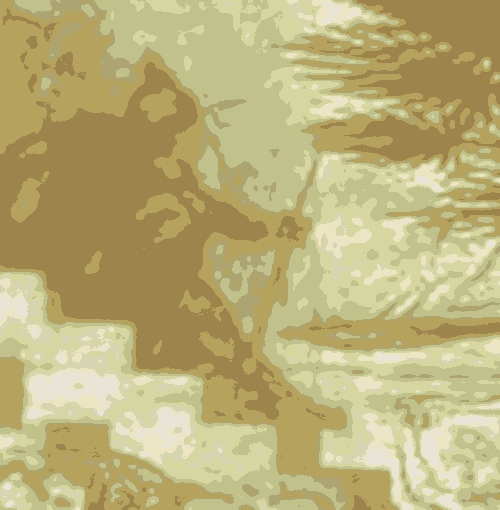
Sheriff of Nottingham |
- The group's arch-enemy was the Sheriff of Nottingham.
- The men earned their keep by poaching the king’s deer and robbing travelers in the Forest.
- In early accounts they do this under the guise “Come and eat with us” before relieving the
travelers of their goods.
- Robin also didn’t like monks
and he remained loyal to the true king of England.
- The king may be Edward but is
not Richard I as many believe.
The greenwood is an alternative kingdom, with its own social order and just laws. It’s founded on a deep awareness that monarchs never fully live up to their ideals or rhetoric, and recognizes that governments often fail in their promises to put right the evils of the past.
(godofgreenhope.wordpress.com)
|
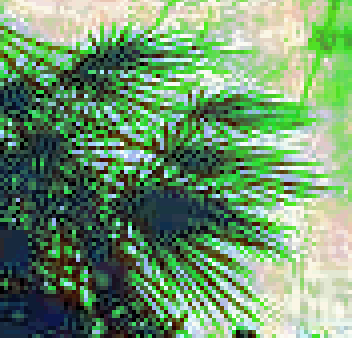
Greenwood |
- The group lived in Sherwood Forest and spent most of
their time hiding and hanging out there.
- They were skilled archers, especially Robin, who proved he was the best
in archery competitions.
-
Robin Hood is the hunter who blends into the forest, possessing a spiritual
nature, seeking balance, helping others.
- In Robin Hood we see
a glimpse of the Green Man.
Robin’s domain is the greenwood of Sherwood Forest, a mythical place where it’s always May, the trees are coming into leaf, and fertility abounds – very similar to Arcadia in which another Green Man, Pan, was said to reside.(godofgreenhope.wordpress.com)
|
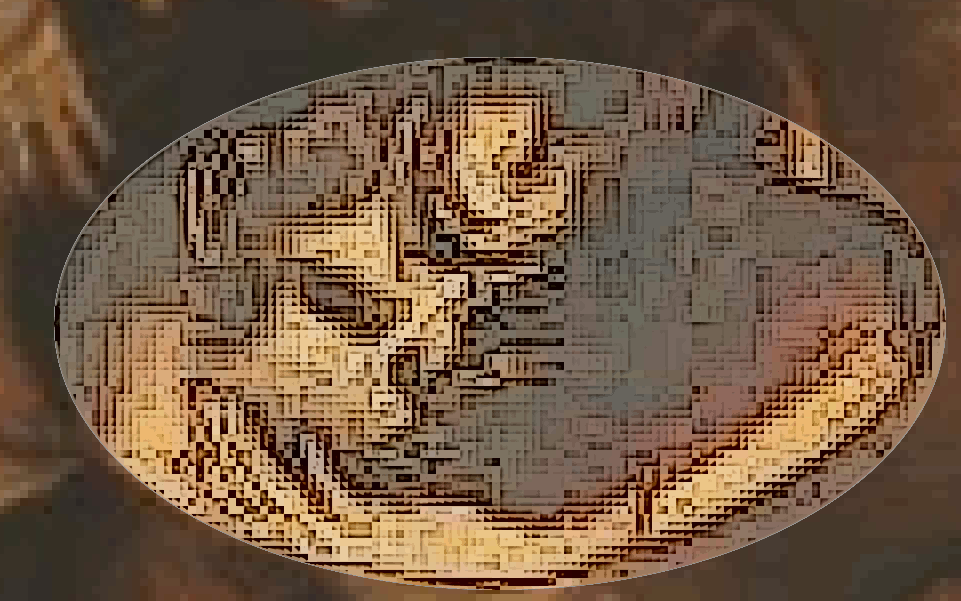
Head on platter |
- From its conception, Robin was a Catholic and devoted to the Virgin
Mary.
- This was because the story came out of Medieval England, which at the time had the state religion
of Roman Catholic.
- Although because of modern references to
Beltrane and pagan phrases such as 'Blessed be' in TV shows,
many came to think of the story as pagan but it had its roots
in Christianity.
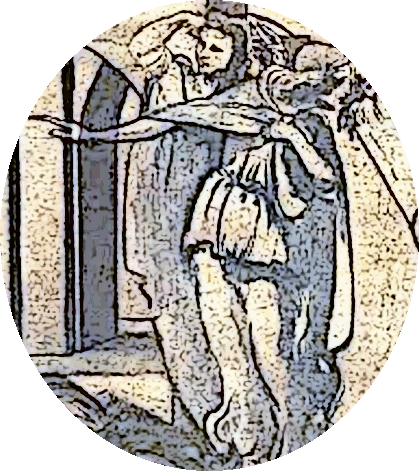
Robin Hood and Maid Marion |
- Friar Tuck and Maid Marion made their first appearance
in a 18th-century stage play about Robin Hood.
- The
original stories portrayed monks and nuns as not living up to the standards
that their higher calling demanded, however, later on, Friar
Tuck is added to the cast.
- The church apparently
didn't appreciate Robin's animosity towards them and had to
change the appearance.
The triumph of the virtuous yet seemingly outgunned over the epitomic robber baron. (Julian Barnes,
England)
|
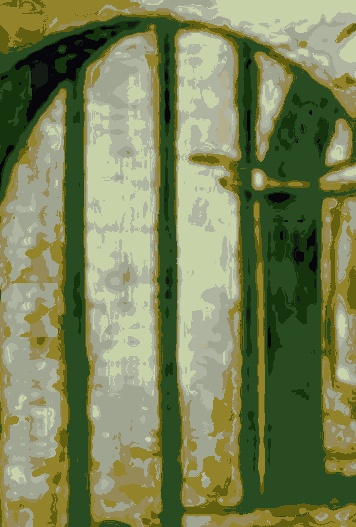
Higher justice |
- In earlier versions, Robin stands between the righteous justice of the King and the unrighteous injustice of the Sheriff.
- He both affirms and subverts authorities, affirming the true justice of the King against the perverted justice of the Sheriff.
- He is not a social revolutionary, but is a seeker of restorative justice and the re-establishing of things as they used to,
and as they ought to be.
- This kind of law represents
natural law (universal) and the higher authority at work,
while the lower authority, the Sheriff, represents the lower
ego.

Revolutionary character |
- In later versions of the story, Robin is portrayed as a
revolutionary character, who was fighting against the
establishment.
- He “robs from the undeserving and helps the deserving, but doesn’t rob from the rich and give to the poor”
as in earlier tales.
- Robin lives on the edge of both
religion and the legal system, antagonizing both.
If you thought that we would do nothing, you’ve misunderstood, for we are the sons and daughters of Robin Hood.
(Damh the Bard)
|
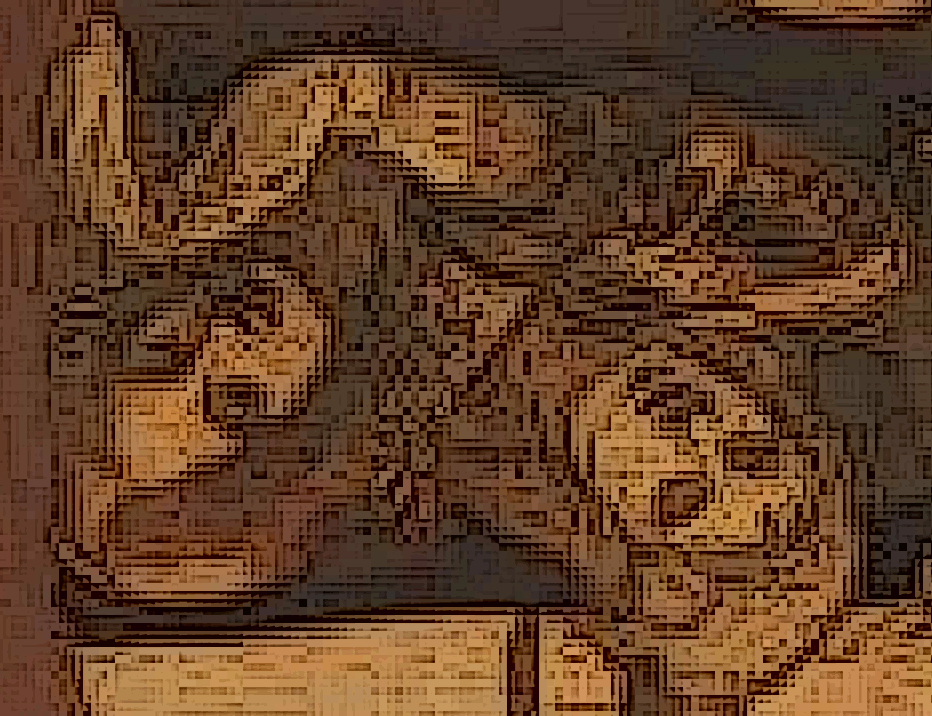
Hooked |
- In later versions from the 18th-century, there is a 'greenwood marriage' between Robin and Marion, presided over by the highly religious yet outlawed Friar Tuck.
This would have itself been unlawful as weddings at that time had to be carried out under a roof – and still do to the present day in England and Wales.
(godofgreenhope.wordpress.com)
|
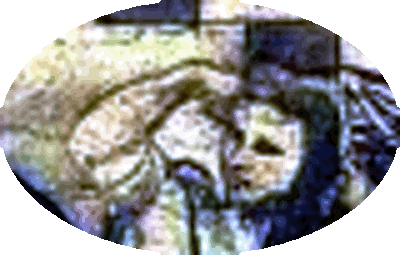
Muscular |
- In many ways, Robin Hood personifies Jesus Christ.
-
He can remain undetected by those who are oblivious to his presence.
- Jesus was a challenger of power that is wielded unjustly
and a seeker of balance.
- Seeks restoration of justice,
which sometimes involving righteous violence.
- He deals with both rich and poor, male and female,
and is a creator of a community of loyal followers
but is rejected by religious leaders.
|
Cernunnos |
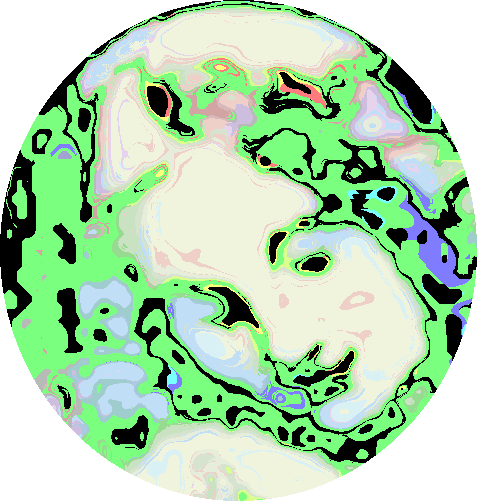
The Horned One |
- Cernunnos was called 'the Horned One' and was an archaic and powerful deity
who was worshiped as the 'lord of wild things.'
-
He was a nature and fertility god and has appeared in a multitude of forms and made himself known by many names to nearly every culture throughout time.
- He is perhaps best known to us now in his Celtic aspects of the leaf-covered Green Man, Guardian of the Green World.
This antlered figure is thought by some to be an
important god of the continental Celts, or even the
most important god by some commentators. An
inscription found on a block at Notre Dame, Paris
associates the name of the Roman top god, Jupiter,
with “Cernenus” (possibly a variant for Cernunnos, the
antlered god). (godofgreenhope.wordpress.com)
|
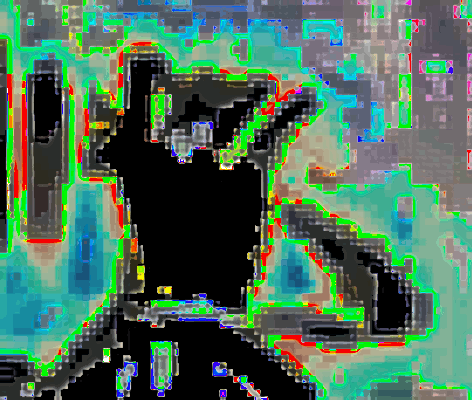
Branching antlers |
- Cernunnos wore and sometimes also held a torque, the sacred neck ornament of Celtic gods and heroes.
- He wore antlers and was sometimes accompanied by a stag and by a sacred ram-horned serpent that was also a deity in its own right.
- His branching antlers symbolize the spreading treetops
of the forest as well as his animal nature.
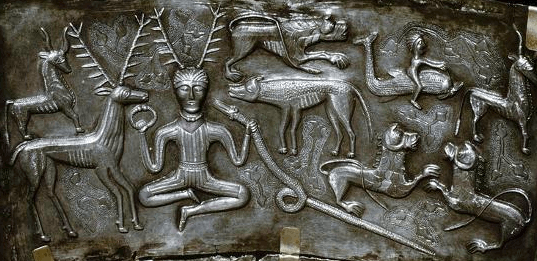
Gundestrup Caldron |
- The earliest known depictions of Cernunnos were found at Val Camonica, in northern Italy, which was under Celtic occupation from about 400
BC.
He is believed to be portrayed on the Gundestrup Caldron, a silver vessel found at Gundestrup in Jutland, Denmark, and dating to about the 1st century
BCE. (britannica.com)
|

The Dark Man |
- Cernnunos is 'The Dark Man,' the god who dwells in the House Beneath the Hill, the Underworld.
- He is the one who comforts and sings the souls of the dead to their rest in the Summerlands of the Otherworld.
- Cernnunos, as Master of the Wild Hunt, pursues the souls of evil doers.
- He is not associated with a biblical or even modern morality, but with the protection and continuance of the
land and nature and the spirits that dwell here.
As Master of the Sacrificial Hunt, His is the life that is given in service of new life. His wisdom is that the old must pass away to make way for the new. (druidry.org)
|
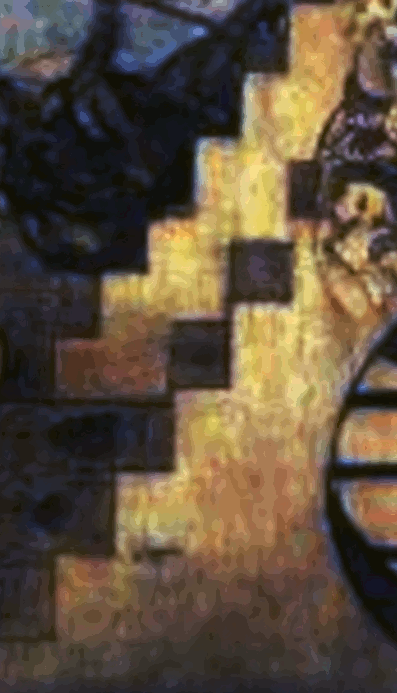
Shaman-like priest |
- Cernunnos is said to be the lord of nature, animals,
fruit, grain and prosperity, the dead, those who have passed
on, wealth, and the underground region.
- Our knowledge of Cernunnos is
rather sketchy, the horned figure might not be a divinity at all, but rather a shaman-like priest with an antlered crown.
- Horse and wheel imagery has also been found on a coin
discovered in Petersfield, UK.
Our prehistoric ancestors knew him as a shape-shifting, shamanic god of the Hunt. He is painted in caves and carved everywhere, on cliffs, stones, even in the Earth Herself. Humans sought to commune with Him and receive his power and that of his animal children by dressing themselves in skins and skulls, adorning themselves with feathers and bones, by dancing His dance. (druidry.org)
|
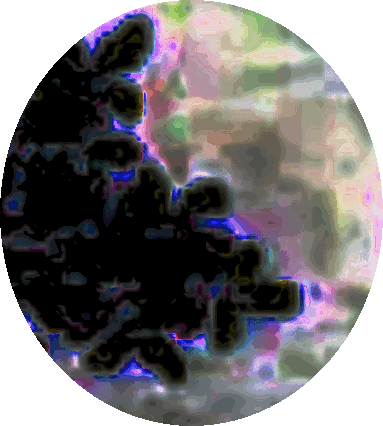
Lord of nature, animals, fruit and grain |
- There are many similarities between Cernunnos and Jesus.
- They both act as intermediaries between this world and the next.
- Able to travel the boundaries between the wild and the domestic.
- Lord of nature, animals, fruit, the dead.
- Source of fertility and abundance in life and a transformed spiritual life.
- Christ was symbolized as the stag in early Christian artwork, trampling the Devil, thus Christ as a
'horned God' is an ancient belief.
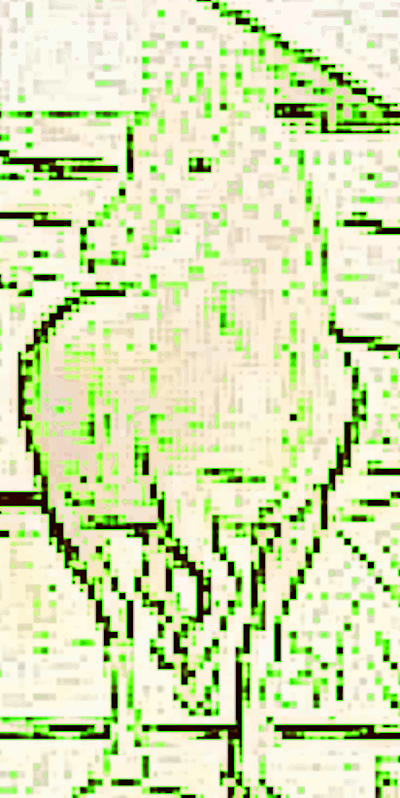
Irish Donn |
- Some believe there may be a link between Cernunnos and the Irish pre-Christian god, Donn, ruler of the dead and ancestor deity.
- Early pious Christians followed folklore and borrowed aspects of Donn to describe the devil
and unfortunately associated him with the greens.
- The pagan Gaels saw Donn as their ancestor and believed they would go to his abode when they died.
- According to Julius Caesar, the Gauls also claimed descent from a god whom he likened to Dīs Pater, the Roman god of the underworld.
He may have originally been an aspect of the Dagda. Folklore about Donn survived into the modern era in parts of Ireland, in which he is said to be a phantom horseman riding a white horse. (Wikipedia)
|

Tuatha Dé Danann |
- Donn was turned into Éber Donn who was one of the mythical Milesian ancestors of the Gaels.
- The Milesians invaded Ireland and conquered the land
overthrowing the Tuatha Dé Danann, tribes of gods.
- Often depicted as kings, queens, druids, bards, warriors, heroes, healers and craftsmen with supernatural powers.
- Tuatha Dé Danann dwell in the Otherworld but interact with humans.
They are associated with the sídhe: prominent ancient burial mounds such as Brú na Bóinne, which are entrances to Otherworld realms. (Wikipedia)
|
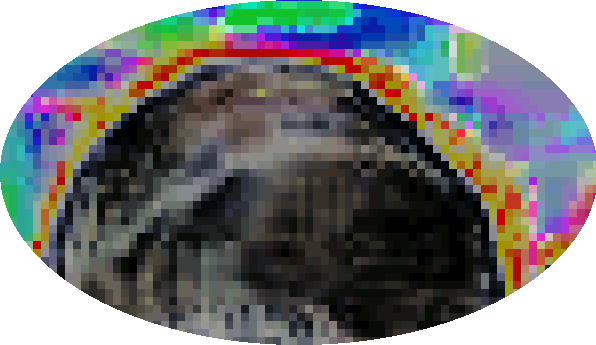
Tech Duinn -
Bull rock meteor |
- During their invasion, Donn slighted Ériu, one of the eponymous goddesses of Ireland.
- Soon after, he drowned in a shipwreck off the southwest coast.
- Donn
was buried on a rocky island which is known as Tech Duinn and is commonly identified with Bull Rock, an islet off the western tip of the Beara Peninsula.
- Bull Rock resembles a dolmen or portal tomb and it has a
natural tunnel which allows the sea to pass under it as if through a portal.
- In Ireland there was a belief that the souls of the dead departed west over the sea with the setting sun.
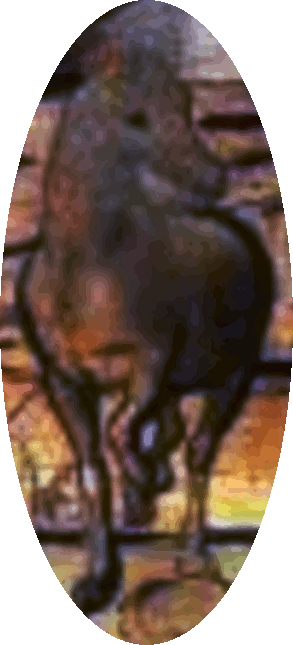
Red Horse of Donn |
- In an old Irish folktale, King Conaire Mór met his death in Bruiden Dá Derga
known as the 'great hall or hostel of the red god.'
- On his way there, Conaire met three red men riding red horses from the
Otherworld.
- They foretell his doom and told him "we ride the horses of Donn,
king of the dead ... although we are alive, we are dead."
- It may be a name for the death god in the context of violent death or sacrifice, hence the name
'red god.'
|
Pan
|
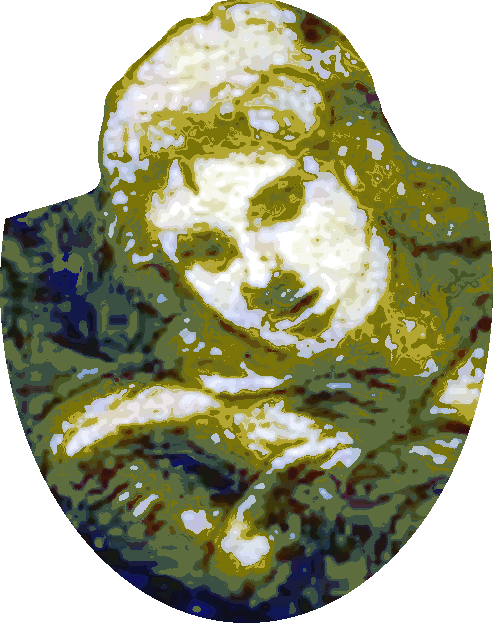
Playful and cunning |
- Pan, lusty Satyr god of the Greeks is another aspect of the Horned God.
- He is portrayed as playful and cunning, but he also has
a darker, dangerous nature.
- The fear and terror often associated with Pan is not related to human violence, but to the
life and death of the natural world.
Eusebius, took it upon himself to build a polemic against all other gods based on the homonym pan meaning “all”, imagining that all the other gods were demons (and thus confusing the Greek word daemon meaning “helper” spirit (believed to be more noble spirits) with demonic evil. Thus, by taking complex, multivalent words “pan” and “demon” and flattening them out, extruding them in the direction of negativity and evil, Eusebius created what would become the typical medieval depiction of the Devil as horned, half goat / human. (druidry.org)
|

Green god in the woods |
- The Greek god Pan originally was the god of shepherds, a
trickster in the Greek pantheon.
- After 1830, British
Romantic authors such as Keats, Shelly and Wordsworth changed Pan into
the quintessential god of the English countryside.
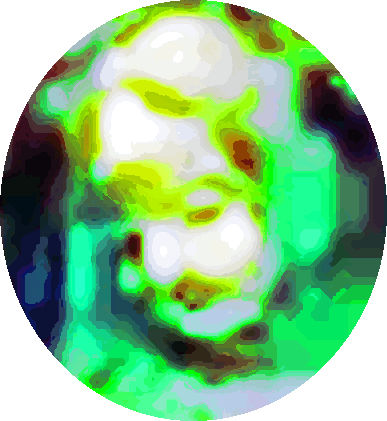
Robin Hood's greenwood |
- Pan
lived as a green god in woods that were always summer and
sunny the same as Robin Hood's greenwood.
- All the positive aspects
in the natural world were embodied in the character of Pan: the sublime, the mysterious, the awe-inspiring, benevolence, comfort and redemption from the
materialistic ways of living.
Pan is a proud celebration of the liberating power of male erotic energy in its purest and most beautiful form. (druidry.org)
|
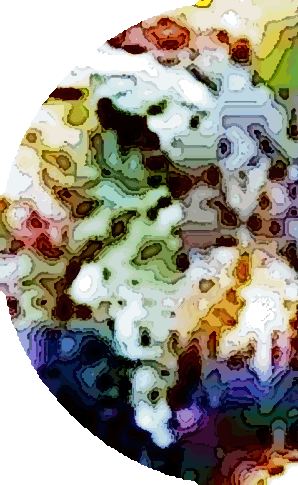
Goat with horns |
- Most Christians are wary of any character with goat legs and horns, declaring them the
devil or demonic.
- As we’ve seen though, this predominantly stems from the polemic of Eusebius.
- On the flip side, the great fantasy writer and Christian theologian, CS Lewis, had such characters as fawns/satyrs playing leading
roles.
But how many people really can
Hear the pipes of Pan?
As they sound across this sacred land of old?
(Damn the Bard)
|

Pagan Pan |
- The modern pagan Pan has many qualities that are similar to Jesus.
- He has a deep love and reverence for all creation
and joyful playfulness.
- Lightening of burdens for those who engage with him
- Encourages us to follow him into a kingdom of peace.
-
Celebrates life in all its fullness.
|
Herne the Hunter |
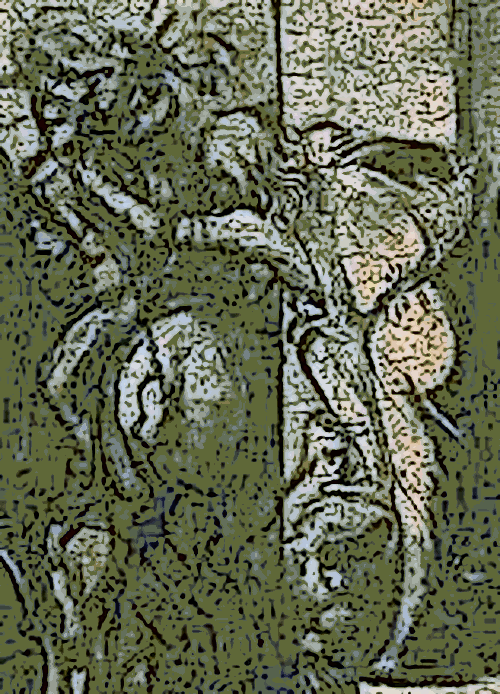
Guardian of Windsor Forest |
- The first written account of Herne (Horne) came at the beginning
of the 15th-century in Shakespeare’s Merry Wives of Windsor.
- In effect, Cernnunos was transformed in Elizabethan England by Shakespeare,
into Herne the Hunter, the demon and
guardian of Windsor Forest.
- Herne is said to have antlers growing from his head, rides a horse, torments cattle, and rattles chains.
Oft have you heard since Horne the hunter died,
That women to affright their little children
Say that he walks in shape of a great stag. (Shakespeare, Merry
Wives of Windsor)
|
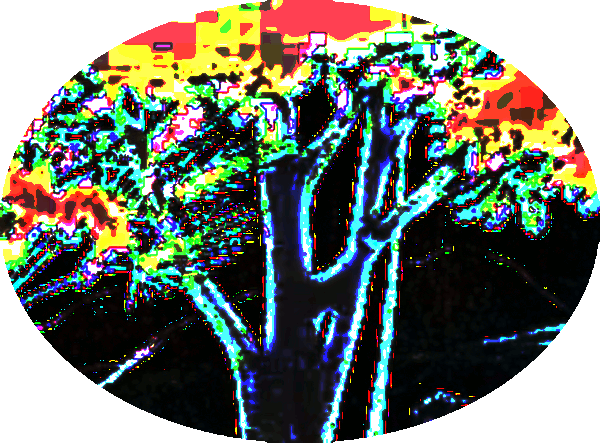
Odin's tree |
- Windsor is in the county of Berkshire which once belonged to the Saxons, some of whom worshiped Odin.
- Stories of Odin include being hanged on a tree and the wild hunt from
Brothers Grimm, appeared in the folklore of Herne.
- Herne’s oak was supposedly almost 700 years old when it was blown down in 1863; it was replaced with a young oak
donated by Queen Victoria.
The usual story associated with the Wild Hunt involves someone excessively fond of the chase who makes a rash pledge or compact with a stranger (the devil) and is thus doomed to hunt forever. Herne is said to ride at night, especially during storms; he wears horns, rattles chains, blasts trees and cattle, and occasionally appears to mortals. (britannica.com)
|
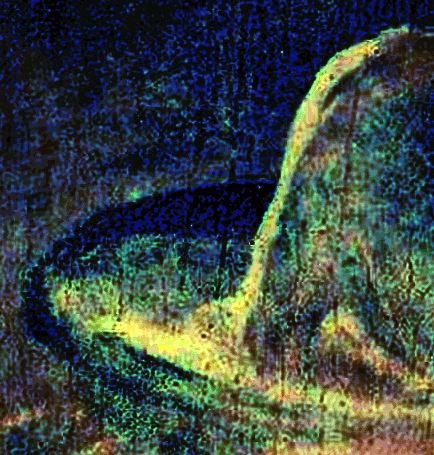
Odin hat |
- Odin is frequently portrayed as one-eyed and bearded, wielding a spear
(Gungnir) or appearing in disguise wearing a cloak and a broad hat.
- He sometimes appears as a leader of the Wild Hunt, a ghostly procession of the dead through the winter sky.
- Associated with charms and other forms of magic, particularly in Old English and Old Norse texts.
The god was also known in Old English as Wōden, in Old Saxon as Uuôden, in Old Dutch as Wuodan, in Old Frisian as Wêda, and in Old High German as Wuotan, all ultimately stemming from the Proto-Germanic theonym *Wōðanaz, meaning 'lord of frenzy', or 'leader of the possessed'. (Wikipedia)
|
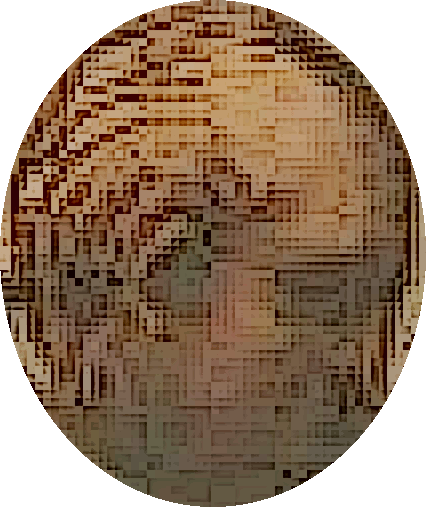
Shakespeare working on logs |
- So we see that Shakespeare helped convert Odin into
Satan but it wasn't really his doing, it was the church
teachings that did that and Shakespeare was merely mimicking
their actions.
- In fact, so many things that Shakespeare
wrote about don't make sense until you start to uncover the
true history of his day and realize he was a caricature
artist.
- Because to the Saxons and Norse who originally
worshiped Odin, he wasn't demonic and they didn't even
believe in devils.
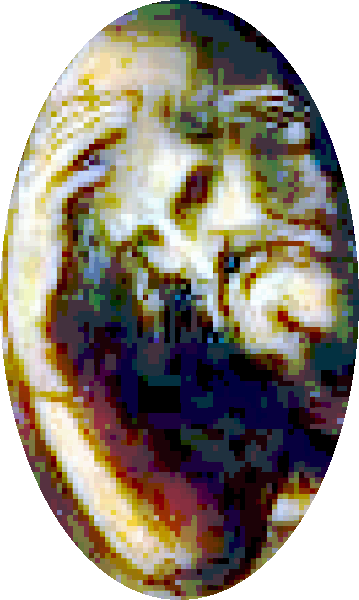
Goden (Odin) |
- What happened is the Hebrew Masoretic scribes rewrote
the Greek Septuagint into the Hebrew Bible
and they changed the story, from astrology and the stars, to
worship of a lower god called Goden (Odin) which was changed
to God.
- This all occurred about 400 AD when the
Germanic's (Khazars)defeated the Roman Empire and took over
the church.
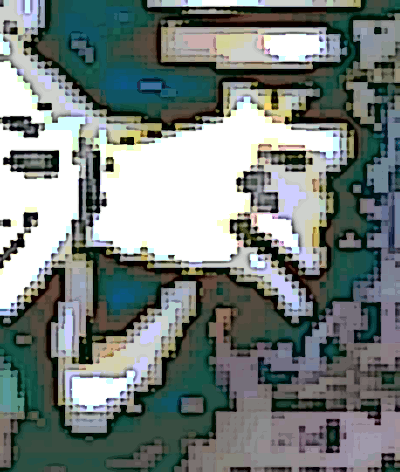
Installing new plumbing |
- The Septuagint never mentioned the word God but
he is found all throughout the Old Testament, which is all
about the lower conciousness, material world.
- If you've
ever wondered why the Old Testament is so devious.
- This
is where the idea of two Jesus', the savior and the
warrior/priest who have different beliefs came about.
- One
lives in the higher conciousness and is Jesus, and the other
lives in the gold-gilded temple church and is YHWH, of the
lower ego, the material world.
- Also known as Ea Enki and
Herne.
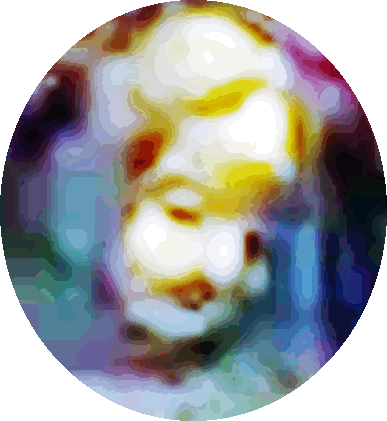
Shakespeare |
- Officially published versions of the play refer only to the tale of Herne as the ghost of a former Windsor Forest keeper who haunts a particular oak tree at midnight in the winter time.
- He is said to be a phantom hunter who haunts the Windsor Great Park
and has horns, shakes chains and causes cattle to produce blood instead of milk.
Why, yet there want not many, that do fear
In deep of night to walk by this Herne’s Oak. (Shakespeare, Merry
Wives of Windsor)
|

Skin of an animal |
- The idea of a horned hunter in the forest could be
associated with certain shamanic practices and added to the mystery and wonder of folklore to create an archaetypal
green man.
- Herne is shown employing the ancient hunting practice of wearing the skin of an animal in order to take upon the scent of an animal and mask
the human scent.
- Which could also be a good
representation of John the Baptist in the wilderness, who was
the bottom of the wheel, the lower ego, while Christ was the
top of the wheel, higher consciousness.
- They both served
for half the year breaking on the Summer and Winter Equinox.
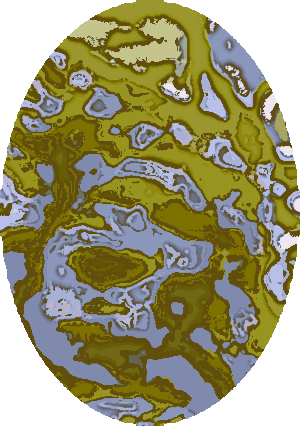
Oak tree |
- Herne has a number characteristics which fit with the life of Jesus.
- He was subject to injustice through jealousy of others.
- Herne died upon a tree which in Herne’s case is an oak tree.
-
Present and yet unperceived by those who are not aware of him.
- A spirit being who can manifest in the physical and a spiritual leader who does battle in the heavenly realms.
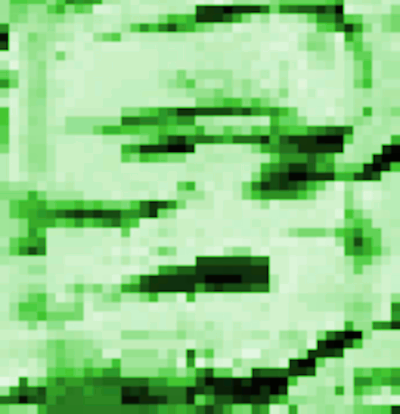
Many faces of the Green Man |
- The Green Man has many faces but many common
characteristics but he is owned by no single culture at any
point in time.
- He lives in the natural world, the wild,
and can be dangerous if provoked.
- He's hidden but revealed to
those with discernment.
- A soul guide and universal symbol
of hope.
- Wise, loving
and cares about all of creation and prevails over the created
order.
- Beckons us to a better world where justice
prevails and everyone is equal and life is good.
-
Transformation, presiding over life and death.
- Living
life to the fullest.
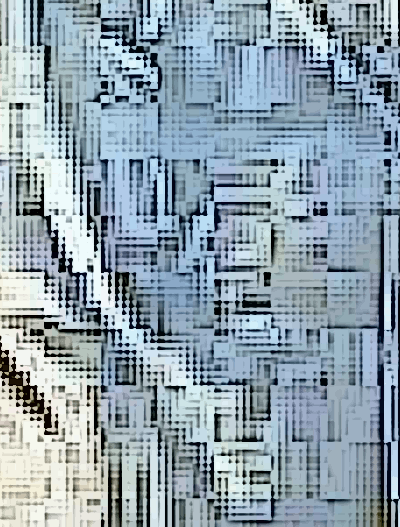
Panentheist with God in all |
- To be Christian, is to be a panentheist, one who
believes that God in all. and all in God.
- Rather than
pantheism, all is God.
- The eternal spirit of Jesus
flowing freely through the entire fabric of the cosmos, his
eternal energy upholding everything in entirety.
Nowhere can we go from the presence of the Green One – if we go to the furthest regions in space, if we go to the depths of the sea, if we travel to the furthest sides of the sea, the depths of the earth, even to the dimensions of the dead, the loving embrace of the Green Man in Jesus holds us there.
godofgreenhope.wordpress.com)
|
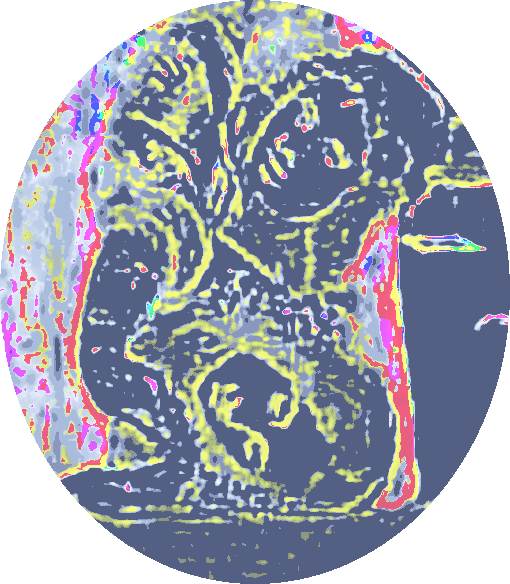
Fourth dimensional hypersphere |
- We’re a three dimensional space-time continuum which is being expanded upon a fourth dimensional hypersphere.
- Much like the skin of a balloon is stretched upon the
increasing volume of air inside.
- It would be an arrogant
person who could say that there’s no other entities inhabiting
both those dimensions and able to pass through the spaces
between the spaces we encounter.
- Which is another reason
why anyone who tells you divination is wrong, because spirit
is all around us, everywhere.
This understanding helps us to see how Jesus in his resurrection body could pass into a locked room to stand before his disciples (and other “teleportation” oddities mentioned in the Bible).
(Matt Arnold)
|
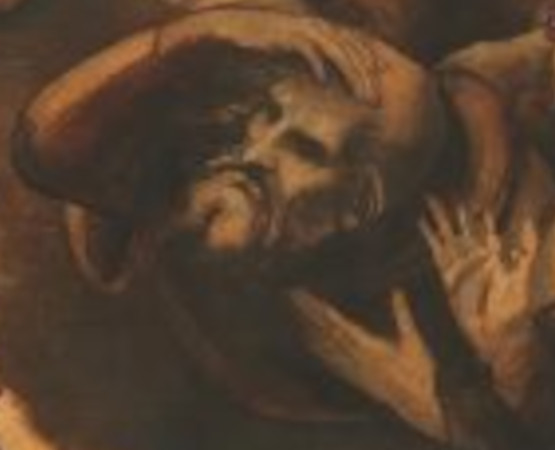
Signed by Leonardo DaVinci |
|
|
Art lives from constraints and dies from freedom.
Leonardo DaVinci

|

